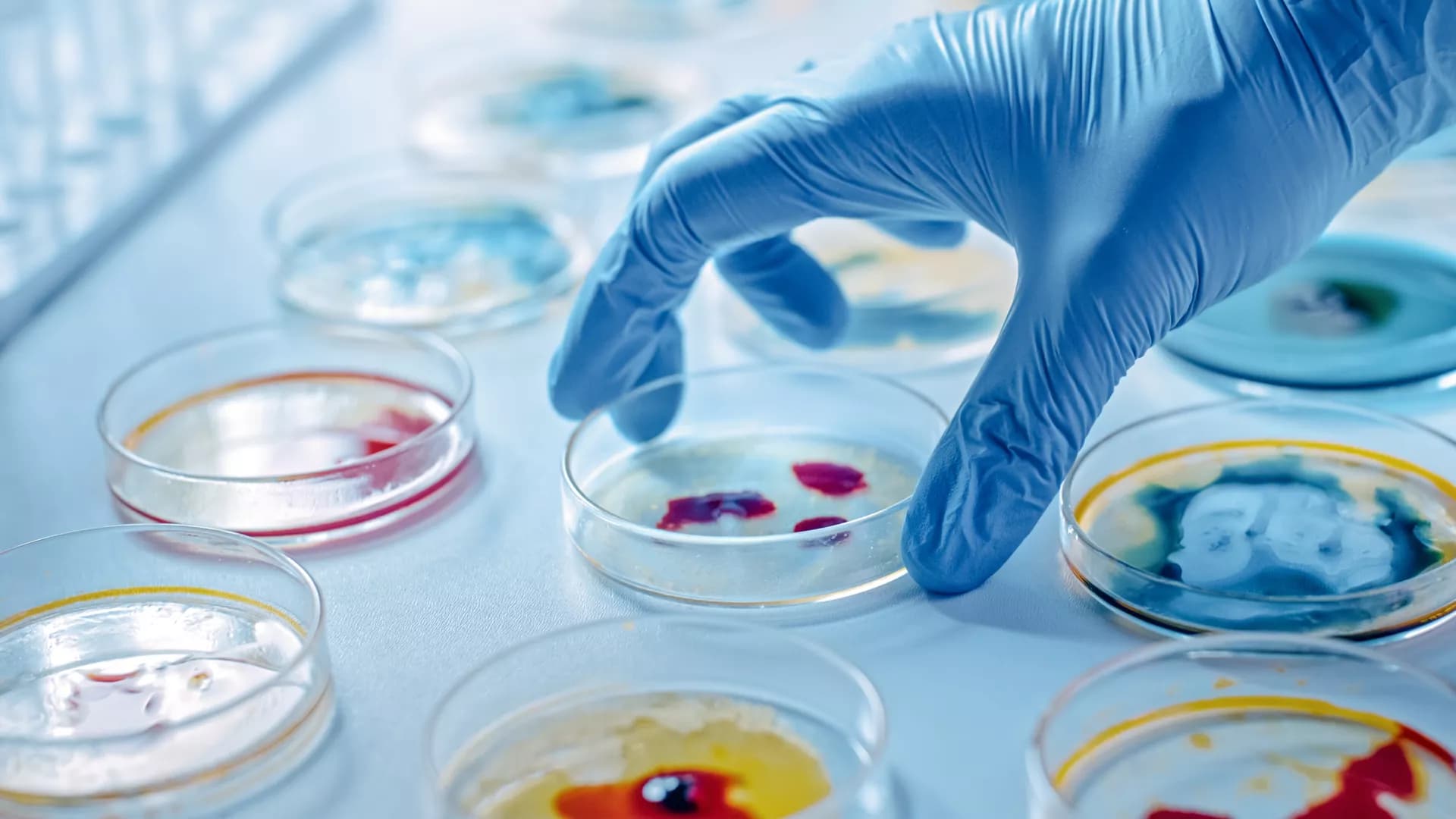Sporomusa ovata is a bacterium that can accept electrons from cathodes to drive microbial electrosynthesis (MES) of acetate from carbon dioxide. It is the biocatalyst with the highest acetate production rate described. Here we review the research on S. ovata across different disciplines, including microbiology, biochemistry, engineering, and materials science, to summarize and assess the state-of-the-art. The improvement of the biocatalytic capacity of S. ovata in the last 10 years, using different optimization strategies is described and discussed. In addition, we propose possible electron uptake routes derived from genetic and experimental data described in the literature and point out the possibilities to understand and improve the performance of S. ovata through genetic engineering. Finally, we identify current knowledge gaps guiding further research efforts to explore this promising organism for the MES field.
The low efficiency of extracellular electron transfer (EET) is a major bottleneck for Shewanella oneidensis MR-1 acting as an electroactive biocatalyst in bioelectrochemical systems. Although it is well established that a periplasmic c-type cytochrome (c-Cyt) network plays a critical role in regulating EET efficiency, the understanding of the network in terms of structure and electron transfer activity is obscure and partial. In this work, we attempted to systematically investigate the impacts of the network components on EET in their absence and overproduction individually in microbial fuel cell (MFC). We found that overexpression of c-Cyt CctA leads to accelerated electron transfer between CymA and the Mtr system, which function as the primary quinol oxidase and the outer-membrane (OM) electron hub in EET. In contrast, NapB, FccA, and TsdB in excess severely impaired EET, reducing EET capacity in MFC by more than 50%. Based on the results from both strategies, a series of engineered strains lacking FccA, NapB, and TsdB in combination while overproducing CctA were tested for a maximally optimized c-Cyt network. A strain depleted of all NapB, FccA, and TsdB with CctA overproduction achieved the highest maximum power density in MFCs (436.5 mW/m2), ∼3.62-fold higher than that of wild type (WT). By revealing that optimization of periplasmic c-Cyt composition is a practical strategy for improving EET efficiency, our work underscores the importance in understanding physiological and electrochemical characteristics of c-Cyts involved in EET.







